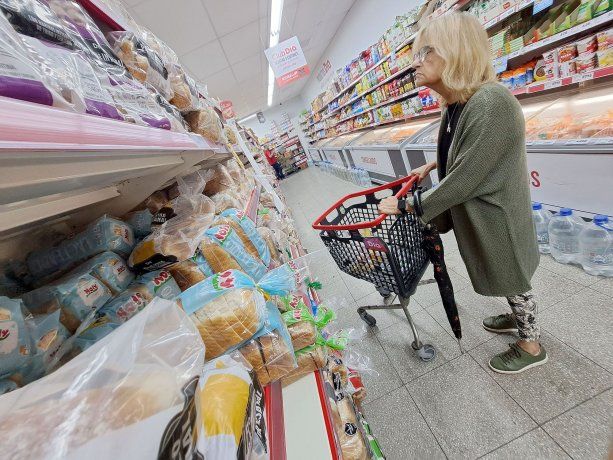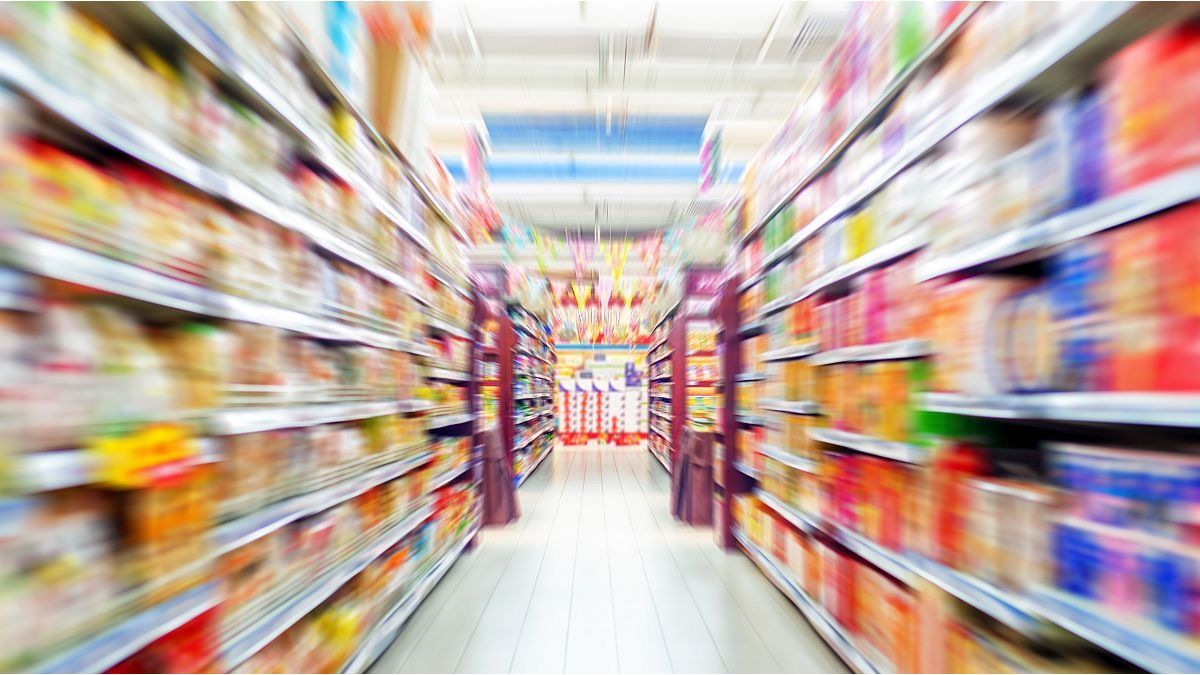A report prepared by the IARAF sought to verify how much taxes represent in the final price of a purchase.
A report prepared on the basket of 9 products of massive consume indicated that national, provincial and municipal taxes represent 43.9% of the final price. The work prepared by IARAF (Argentine Institute of Fiscal Analysis) is made known in the midst of the debate over price increases, the message of Luis Caputo to supermarkets for promotions and the opening of imports.
The content you want to access is exclusive to subscribers.
From a typical basket of goods made up of these products with a current value of $50,064, a tax burden of $21,993 has been verified, that is, 43.9% of the purchase value, said the IARAF.


According to the analysis, they can be grouped 2 food categories according to the VAT that taxes them, and 2 types of drinks taking into account the different rates of internal taxes. The Type I goods They are foods that have a VAT rate of 10.5% with a tax burden of 36.2%. The Type II They are foods with a VAT rate of 21% (oil, rice, noodles, packaged cookies, jam) with a tax burden of 41.8%.
The goods Type III and IV They are non-alcoholic drinks in which, in addition to all food taxes, internal taxes must be added, which are 4% for Type III (mineral water and juices) with a tax burden of 46.7% and 8% for Type IV (carbonated beverages) with a tax burden of 48.1%.
The report prepared by the IARAF, led by the Córdoba economist Nadín Argañaraz, points out that “in Argentina, mass consumption food products that go through an industrial production process and a commercial distribution chain, incorporate in their price the remuneration of inputs, the workforce and business profitability; as well as taxes from the different levels of government.”
Food: what are the taxes that weigh on the total purchase
The basket prepared for this article details the tax burden at its different levels.
The taxes considered at the national level are: VAT, Profits, Check Tax, Internal Taxes and Social Security charges; At the provincial level, the tax on Gross income and at the municipal level Inspection, Safety and Hygiene rate.
The report also highlights that it is possible to distinguish different categories of goods according to the tax ratesthat affect them differentially, which determine different levels of tax burden. In this way, two categories of food can be grouped according to the VAT that taxes them, and two types of beverages taking into account the different rates of internal taxes.
Inflation Inflation Prices Consumer Supermarkets

From a typical basket of goods made up of these products with a current value of $50,064, a tax burden of $21,993 has been verified
Mariano Fuchila
Food: how the tax burden varies depending on the product
Depending on the type of products, the tax burden can vary between 36 and 48%.
In the IARAF report, for example, you can see the weight of taxes on the following products.
- If the consumer buys A kilogram of flouryou will be paying $305 pesos in taxes on a $845 ticket.
- In the case of a bottle of sunflower oilpays $1,150, of which $480 is taxes.
- In a package of half a kilo of ricethere are $747 pesos in taxes on a purchase of $1,790.
Source: Ambito




